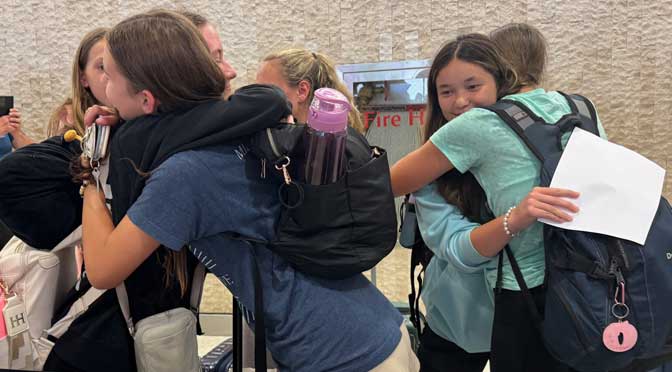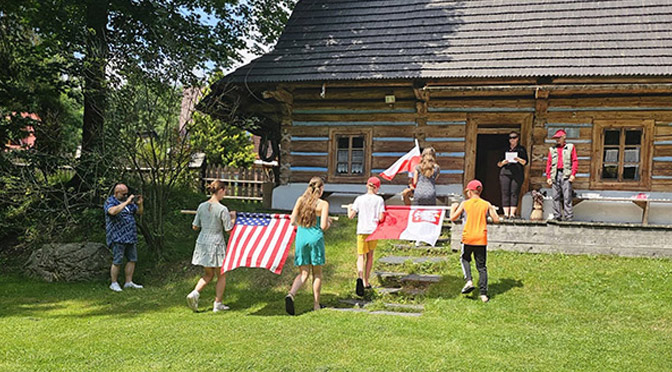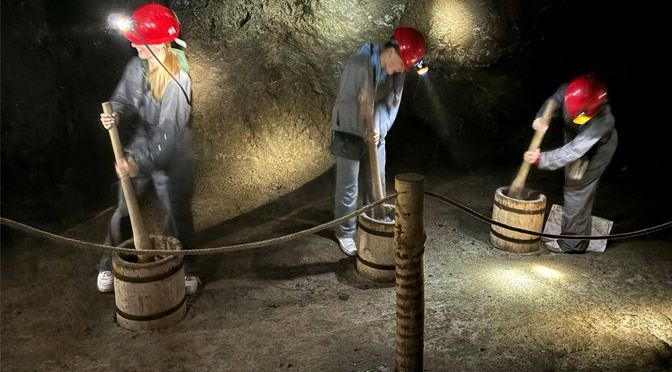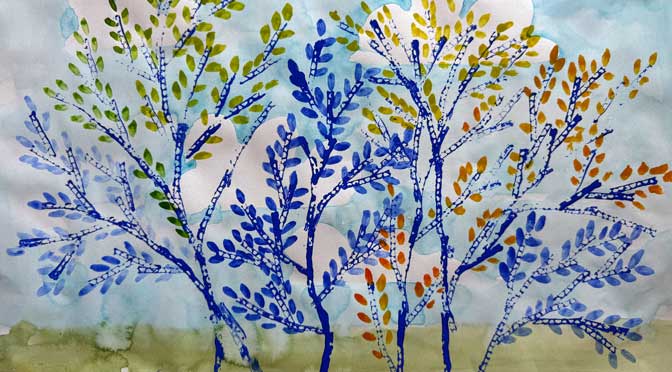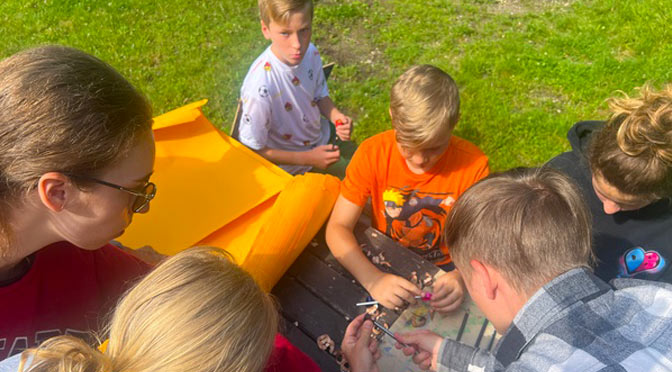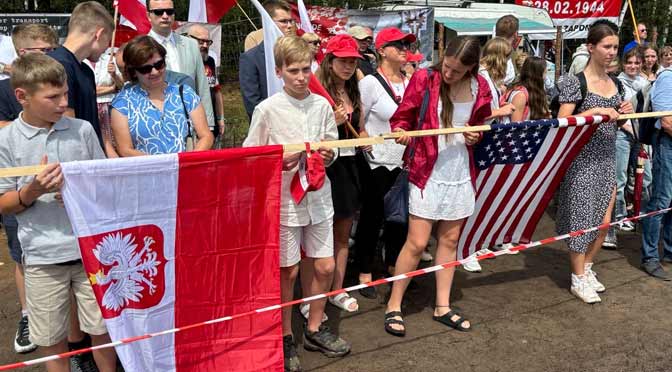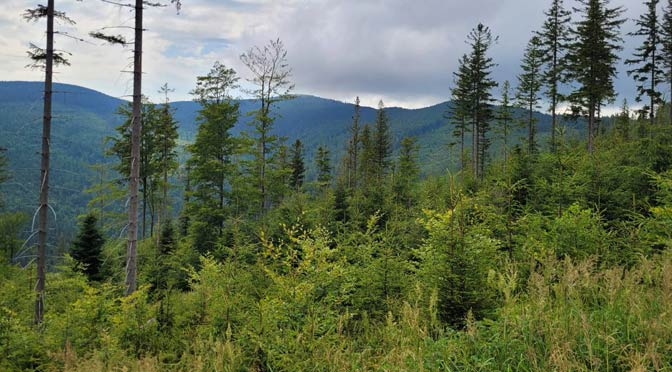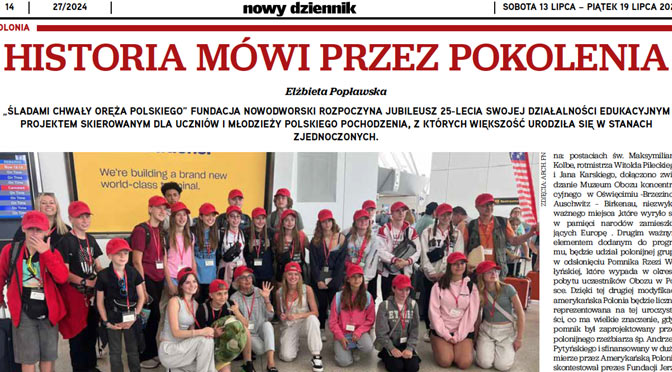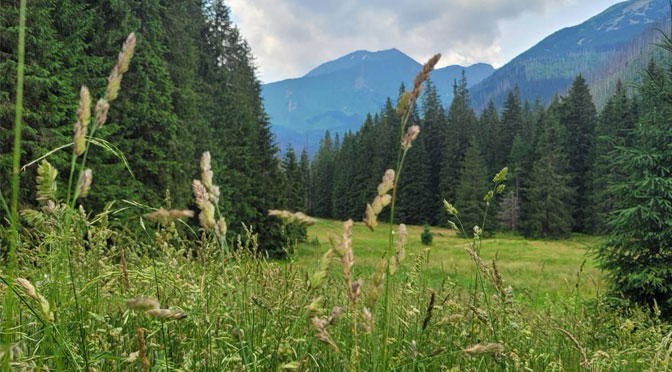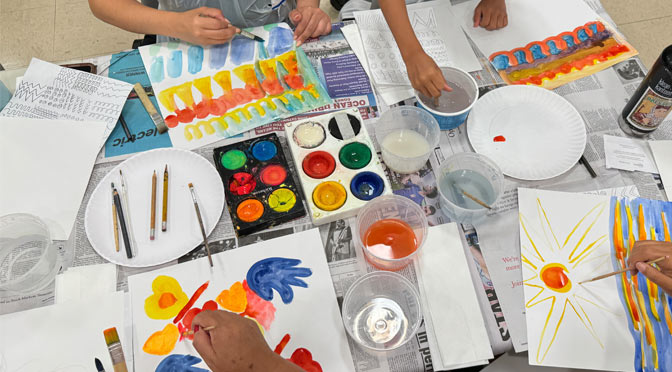Just landed! We are safe and sound! / Wylądowaliśmy! Jesteśmy cali i zdrowi!

All posts by KL
July 17 — Summer Camp 2024 — “In the Footsteps of the Polish Arms” — Italy & Poland
Ceremonial summary of the camp and exhibition in the Open-Air Museum / Uroczyste podsumowanie obozu i wystawa w Skansenie
Each participant of the camp received a commemorative diploma, a gift and was knighted as a Nowodworski Knight / Każdy uczestnik obozu otrzymał pamiątkowy dyplom, upominek oraz został pasowany na Rycerza Nowodworskiego

Beautiful artworks of the camp participants / Przepiękne prace uczestników obozu

Mr. Krzysztof and his team prepared a farewell barbecue for us / Pan Krzysztof z zespołem przygotował nam pożegnalnego grilla

July 16 — Summer Camp 2024 — “In the Footsteps of the Polish Arms” — Italy & Poland
Visiting the town Wieliczka – Upper Market Square / Oglądamy Wieliczkę – Górny Rynek
Wieliczka Upper Market Square – sketching the façade under the supervision of Ms. Jaga Mączka / Wieliczka Górny Rynek – szkicowanie elewacji pod kierunkiem pani Jagi Mączki

Wieliczka Salt Mine – mining route / Kopalnia Soli w Wieliczce – trasa górnicza

First goodbyes / Pierwsze pożegnania

Meeting with Mr. Wiesław – a traveler and mountaineer / Spotkanie z p. Wiesławem – podróżnikiem, alpinistą i taternikiem

July 18, 2024 (11 am–12 pm) — INSPIRED BY NATURE at Port Chester–Rye Brook Library
July 18, 2024 (11 am–12 pm) at Port Chester-Rye Brook Public Library
FREE art workshop series INSPIRED BY NATURE
Cosponsored and hosted by Port Chester-Rye Brook Public Library at 1 Haseco Ave, Port Chester, NY 10573 | call to make reservation 914-939-6710
Also at the end of vacation, on Saturday August 24, 2024 (during Port Chester Day in John Lyon Park) children and their families are invited by the Port Chester Recreation Dept. and the Nowodworski Foundation to join painting and printing workshops.
Virtual sessions will be provided by Zoom (starting early fall 2024)
July 15 — Summer Camp 2024 — “In the Footsteps of the Polish Arms” — Italy & Poland
Workshop – postcards / Warsztaty – kartki pocztowe

Sketches in the open-air museum / Szkice w skansenie

Today, the young people tidied up and laid flowers at the obelisk in memory of Anna Riedel – a heroic woman from the Home Army murdered by the Nazis / Dzisiaj młodzież uporządkowała i złożyła kwiaty pod obeliskiem pamięci Anny Riedel – bohaterskiej kobiety z Armii Krajowej zamordowanej przez hitlerowcow

Afternoon recreation / Rekreacja popołudniowa

July 14 — Summer Camp 2024 — “In the Footsteps of the Polish Arms” — Italy & Poland
July 13 — Summer Camp 2024 — “In the Footsteps of the Polish Arms” — Italy & Poland
Hiking to Hala Krupowa / Wędrówka na Halę Krupową

The hostel of the Polish Tourist and Sightseeing Society on Hala Krupowa is located in the Babia Góra Range, on the border of the Beskid Żywiecki and Makowski Beskid / Schronisko Polskiego Towarzystwa Turystyczno-Krajoznawczego na Hali Krupowej zlokalizowane jest w Paśmie Babiogórskim, na granicy Beskidu Żywieckiego i Makowskiego

Summer Camp 2024 – Nowy Dziennik
To download the article’s PDF click HERE
July 12 — Summer Camp 2024 — “In the Footsteps of the Polish Arms” — Italy & Poland
INSPIRED BY NATURE art series in Port Chester–Rye Brook Public Library
The INSPIRED BY NATURE offers an engaging series of art workshops (in-person & virtual) for children, parents, and grandparents. Port Chester–Rye Brook Library will host 3 in-person sessions in July 11, 18 and August 1, 2024 (11 am–12 pm).
Also at the end of August, Saturday August 24, 2024 (during Port Chester Day in John Lyon Park) children and their families will join the Nowodworski Foundation painting and printing workshops.
Virtual sessions will be provided by Zoom (starting early fall 2024)

